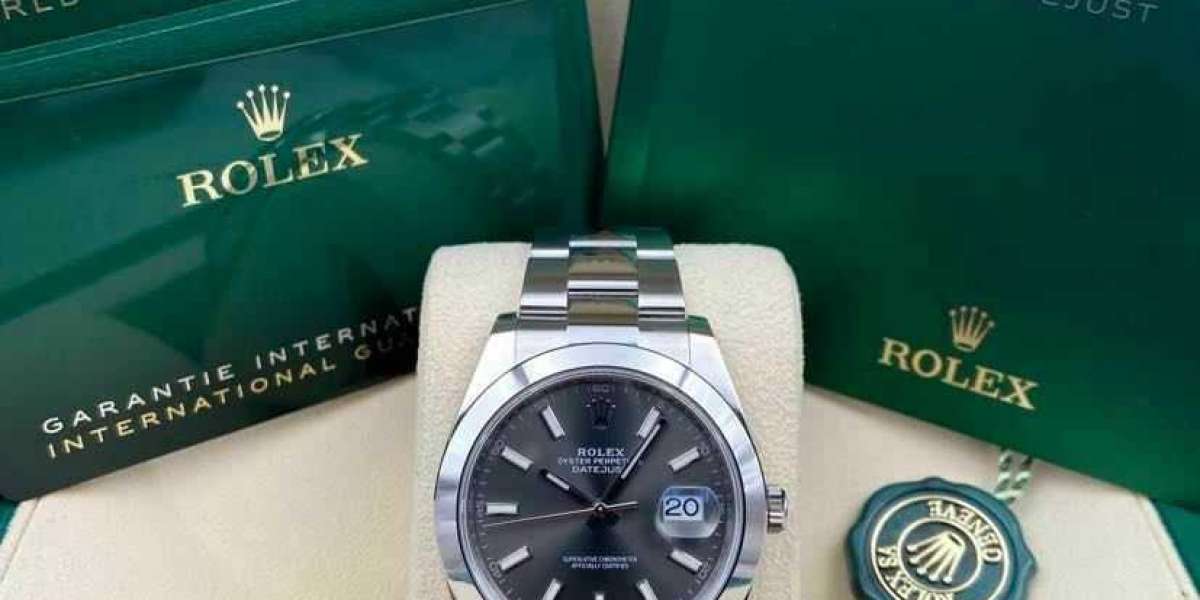Rolex watches are known for their precision, luxury, and craftsmanship. The iconic brand has been producing high-high quality timepieces for over a century, setting the standard for excellence in the watch trade. However, with the popularity of Rolex watches, there was an increase in the manufacturing of best replica watch; http://lispyscript.com, or counterfeit watches that mimic the design and appearance of the original Rolex timepieces.

One common question that arises in the case of replica Rolex watches is whether or not they exhibit the same ticking motion as genuine Rolex watches. In this article, we will explore the mechanism behind the ticking movement of Rolex watches and determine if replica Rolex watches tick like the unique timepieces.
The ticking movement of a watch refers to the movement of the second hand as it moves in a sequence of small, discrete steps. In a mechanical watch, the ticking motion is a result of the escapement mechanism, which regulates the discharge of energy from the mainspring to the gear train, allowing the watch to maintain correct time. Rolex watches, like many luxury timepieces, use a excessive-precision escapement mechanism recognized because the Swiss Lever Escapement.
The Swiss Lever Escapement is a key part of the movement in Rolex watches, and it's responsible for the smooth, precise ticking motion that's characteristic of Rolex timepieces. The escapement mechanism consists of several elements, together with the escape wheel, pallet fork, and balance wheel. Because the stability wheel oscillates back and forth, the pallet fork engages with the escape wheel, releasing a small amount of energy at every tick.
The precision and accuracy of the Swiss Lever Escapement in Rolex watches are unparalleled, ensuring that the timepiece retains correct time and exhibits a smooth ticking movement. The craftsmanship and attention to detail that go into the production of Rolex watches are evident in the performance of the escapement mechanism, making Rolex watches highly wanted for their reliability and precision.
Within the case of replica Rolex watches, the ticking movement might not be as clean or exact as that of genuine Rolex timepieces. Replica watches are often produced using lower-high quality supplies and fewer refined manufacturing processes, leading to inconsistencies in the ticking movement of the watch. While some replica watches may mimic the appearance of Rolex watches, they typically fall short by way of efficiency and accuracy.
One common problem with replica Rolex watches is the usage of quartz movements as an alternative of mechanical movements. Quartz movements depend on a battery-powered electronic oscillator to regulate the timekeeping operate, resulting in a ticking movement that's extra uniform and less distinct than that of a mechanical watch. This will lead to a less genuine ticking motion in replica Rolex watches, as the smooth, precise movement of the Swiss Lever Escapement just isn't replicated in quartz movements.
Another factor that can have an effect on the ticking motion of replica Rolex watches is the standard of the escapement mechanism. Replica watches may use lower-quality elements or much less exact manufacturing strategies, resulting in a less dependable and consistent ticking movement. The escapement mechanism is a vital part of a watch's movement, and any deficiencies on this space can result in inaccuracies in timekeeping and a much less genuine ticking motion.
In conclusion, whereas some replica Rolex watches might appear similar to authentic Rolex timepieces, they often fall quick when it comes to efficiency and accuracy. The ticking motion of replica Rolex watches is probably not as easy or exact as that of real Rolex watches, as a result of inferior materials, manufacturing processes, and elements. For those looking for the precision, craftsmanship, and luxury of a Rolex watch, it is all the time advisable to buy an genuine timepiece from a reputable vendor to make sure the quality and accuracy of the ticking motion.








